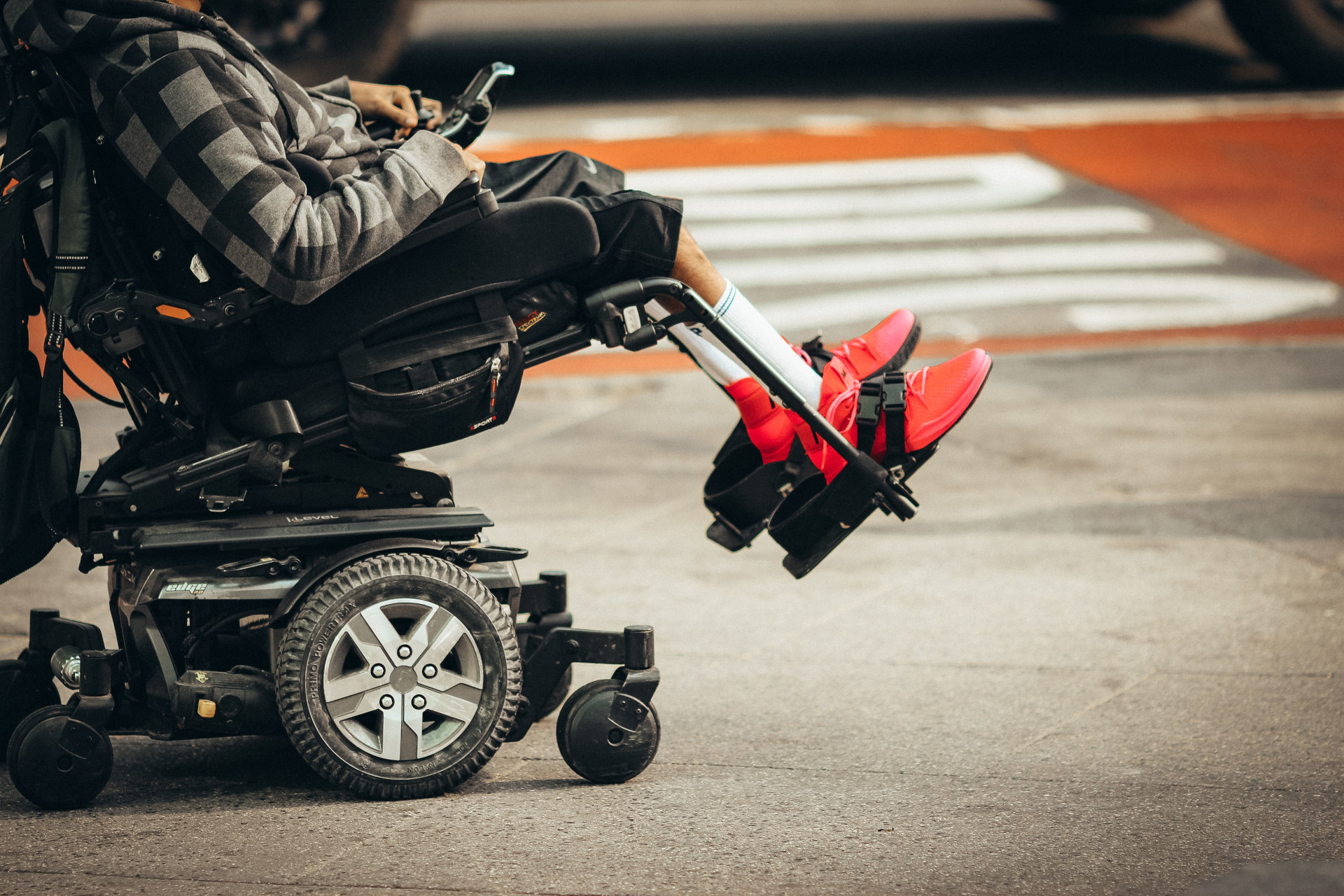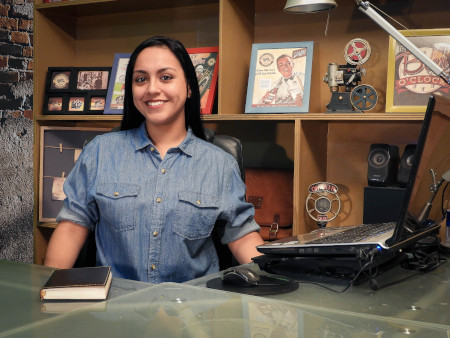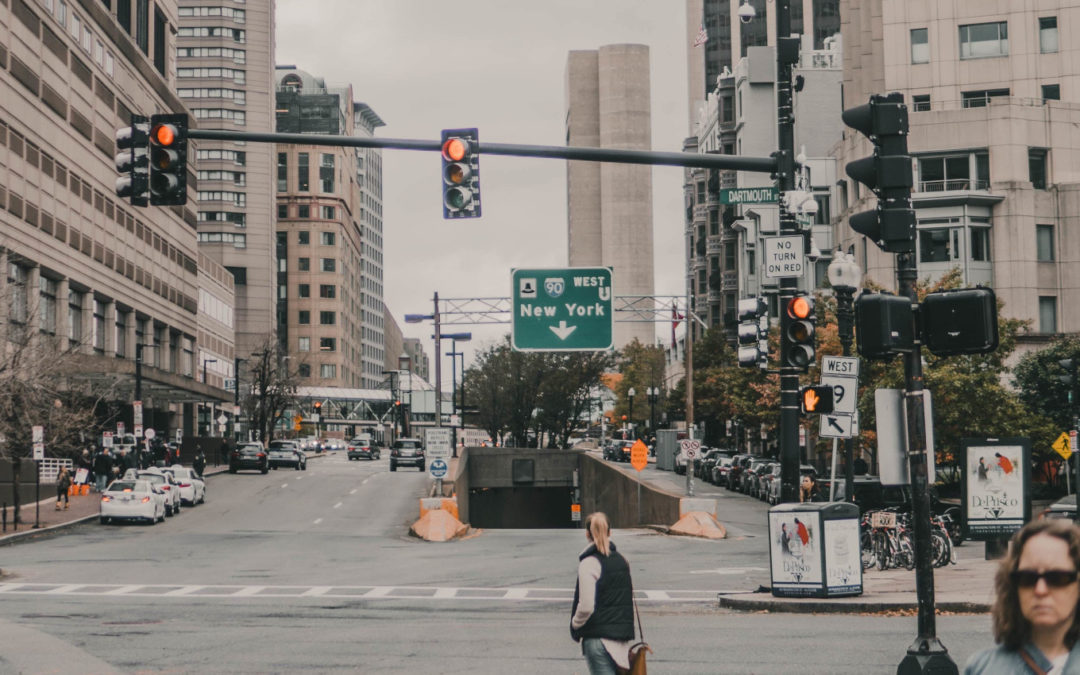
Usually, when we think about physical disabilities, we visualize a wheelchair pictogram related to wheelchair users. But physical disabilities also concern people with reduced mobility and reduced dexterity. This means that a person using a walking cane and a person who struggles picking up a bottle of water both have physical impairments even though their situations are very different.
According to their capabilities, people with physical disabilities may find it difficult to wander in their city, use public transportation and go to a museum or a shopping mall. They need to count on accessibility and on a seamless mobility chain to be able to fully enjoy everything they want to.
Fortunately, the solutions that meet the needs of people with physical disabilities can suit every of their profile. But first, let’s figure out what physical disabilities entail!
What are the types of physical disabilities?
Basically, people with physical disabilities find it more difficult to get around or to perform manual tasks like walking, standing up, sitting, raising an arm and closing their fingers.
For some people, a physical impairment affects their legs or arms. For others, it will impact their whole body. Plus for others, it will manifest into a speech impairment without compromising their ability to understand.
Depending on the case, physical disabilities can be permanent, long-term or temporary. For example, if you go skiing in Aspen and unfortunately have an accident and end up with a broken leg then you may need to use crutches to walk while recovering. Even if this situation is just temporary, seeing that your bones need time to heal (unless you’re Harry Potter), this means you may struggle to get around, to go to work or to use public transportation.
This type of accident is frequent and can happen to anyone as we don’t need to go skiing to break a leg. The same holds true for very bad car accidents resulting in severe physical disabilities. But there are also a lot of genetic disorders and common diseases that result in physical disabilities:
⊗ Arthritis,
⊗ Heart diseases,
⊗ Respiratory disorders,
⊗ Epilepsy,
⊗ Multiple sclerosis,
⊗ Spinal cord injuries,
⊗ Spina bifida,
⊗ Cerebral palsy,
⊗ Carpal tunnel syndrome,
⊗ Parkinson’s disease…
As you can see, physical disabilities cover a multitude of diseases and genetic disorders. Another category worth mentioning that could turn into a series of articles is dwarfism.
We will not linger on dwarfism here but we’ll simply tell you some basic facts:
⊗ The appropriate terms you can use are “people with dwarfism”, “Little People”, “LP”, “people of short stature” and “people with a form of dwarfism” but you can let them tell you what they prefer,
⊗ If you need to use the plural form of “dwarf”, you should choose “dwarfs” as “dwarves” makes a reference to the characters created in J.R.R Tolkien’s The Lord of the Rings,
⊗ There are around 200 types of dwarfism,
⊗ Dwarfism doesn’t link to intellectual disabilities.
Around 30,000 people have dwarfism in the USA. Although a lot of them think dwarfism is not a disability, they’re indeed protected by the Americans with Disabilities Act.
It’s to be noted that some genetic disorders cause physical and intellectual disabilities such as Angelman syndrome or Prader-Willi syndrome. Thus, people can have additional disabilities in some cases meaning that we need to take into account all of their needs.
If using a cane or a wheelchair to get around are signs that people have physical disabilities, there are situations where their disabilities are less visible and therefore less obvious. Check out our article: Invisible Disabilities: 80% of Disabled People Are Concerned!
After World War II, a lot of soldiers came back to the U.S. with mild or severe physical disabilities raising the issue of accessibility. The whole country had to adapt to meet the needs of war veterans and truly welcome them home.
What solutions enhance accessibility for people with physical disabilities?
Here, we’ll just focus on three main areas where accessibility for people with physical disabilities takes place: public highways, public transit systems and public venues. All of them are covered by the ADA preventing any form of discrimination against people with disabilities.
Wherever people with physical disabilities go, they need to rely on a seamless mobility chain. That is to say that to go from point A to point C, point B needs to be accessible. All the links of the mobility chain need to be accessible for people with physical disabilities to have a smooth trip. Actually, this concerns everybody, not just people with disabilities.
Let’s see what solutions you can easily implement!
Accessible public highways
As urban planner or city maker, you need to make sure the city is safe and accessible to explore for people with physical disabilities:
⊗ Large sidewalks for wheelchair users,
⊗ Lowered curbs,
⊗ Parking spaces for people with reduced mobility (PRM),
⊗ Pushbuttons for traffic lights that are easy to use and accessible for wheelchair users,
⊗ Obstacle-free routes,
⊗ Secured stairs with handrails and contrasting non-slip stairs for people with reduced mobility,
⊗ Accessible street furniture like benches,
⊗ Clear and readable signage for wheelchair users.
You can know more about making the city more accessible to people with physical disabilities thanks to these articles:
Urban Mobility of the Most Vulnerable: 5 Minutes to Understand
How to Maintain Pedestrian Accessibility When Carrying Out Street Works?
If you’re concerned about the safety of your most vulnerable pedestrians, you may have an interest in the Vision Zero movement. It aims at reducing the number of people killed and seriously injured on the roads.
Different measures can help you make sure pedestrians with physical disabilities remain safe:
⊗ Reducing speed limits,
⊗ Improving lighting at crossings,
⊗ Regulating the traffic of alternative modes such as electric scooters, skateboards…
Cities like New York and Chicago have already implemented them and have seen significant changes in road safety.
Plus, working side by side with people with physical disabilities and associations advocating for them represents the best way for you to meet their needs. They’ll tell you exactly what you need to do to fully be ADA-compliant and to make the city more accessible and comfortable for them.
Accessible public transit systems
Subways, bus stations, train stations…, how can your public transit system be accessible to passengers with physical disabilities?
⊗ Access ramps,
⊗ Elevators,
⊗ Escalators,
⊗ Large doors,
⊗ Secured stairs,
⊗ Clear and readable signage for wheelchair users,
⊗ Real-time information that’s easily readable for wheelchair users,
⊗ Lowered counters for wheelchair users to buy a ticket,
⊗ Lowered vending machines,
⊗ Dedicated airlocks for wheelchair users to go through the turnstiles,
⊗ Lowered validity ticket control,
⊗ Contactless validation,
⊗ Indoor wayfinding app like Evelity for passengers with physical disabilities to easily find their bearings inside a complex station. Evelity is currently being tested at the Jay Street-MetroTech station at the New York City subway.
⊗ Accessible seatings aboard trains and buses,
⊗ Dedicated spaces for wheelchair users aboard trains and buses,
⊗ Lowered stop buttons for wheelchair users,
⊗ Visual and audio information about the stops so that riders with reduced mobility know when they need to prepare to get off the train or the bus.
But having an accessible public transportation system is much more than putting up accessible equipment or solutions. It also means focusing on trained personnel to deal with passengers with disabilities. Riders with physical disabilities may be more or less autonomous which means they may need to rely on your staff members for assistance. Your staff members have a key role to play in making sure users are safe and satisfied. If they’ve had a good experience, they’re more likely to come back and use your services again!
Check out our articles on accessibility in public transport:
Obstacles in Public Transport: What Solutions for Physical Disability?
How Can Multimodal Transit Centers Be Accessible for People with Disabilities?
How Innovation Promises to Revolutionize Accessibility in the New York City Subway
Accessible public venues
Whether you manage a small restaurant or a shopping mall, you need to make sure people with physical disabilities can access your building and all the services your place provides.
⊗ PRM parking spaces,
⊗ Access ramps,
⊗ Elevators,
⊗ Escalators,
⊗ Large doors,
⊗ Secured stairs,
⊗ Large aisles,
⊗ Clear and readable signage for wheelchair users,
⊗ Lowered counters,
⊗ Accessible seating places,
⊗ Accessible restrooms,
⊗ Indoor wayfinding app like Evelity if your venue is complex.
You’ll find more detailed information in this article:
What You Need to Do to Ensure Accessibility for People with Physical Disabilities at Public Venues
Keep in mind that here you need to rely on your personnel to provide the perfect quality service to your customers with physical disabilities. A genuine smile can make all the difference! We recommend you and your staff to offer your help but be careful not to impose it. Simply ask your customers with physical disabilities if they need assistance. Some prefer to remain autonomous and others may need extra help but they’ll tell you how to best help them.
8 Tips to Welcome a Person with Physical Disability
Bringing comfort to people with physical and intellectual disabilities
As we saw earlier, some people may have both physical and intellectual disabilities. Even though in this article we mostly focus on physical disabilities, there are of course solutions that can help those who also have intellectual disabilities.
And you can easily set them up in the three areas mentioned above:
⊗ Universal pictograms,
⊗ Easy-to-read and easy-to-understand information,
⊗ Indoor wayfinding app like Evelity,
⊗ Secured stairs.
Once again, training your personnel in providing customers with physical and intellectual disabilities with the best possible service will add value to your establishment or transport network.
They just need to remain calm, be natural and speak using easy-to-understand words. Most of all, your personnel need to be patient and have empathy towards your customers. It’s not because they have disabilities that they should be infantilized. On the contrary, you should speak to them as you would anybody.
You and your personnel need to create a safe environment for them to be comfortable enough and feel welcomed.
9 Tips to Welcome a Person with an Intellectual Disability
Although there are a multitude of physical disabilities that cause people to have different needs and mobility issues, a lot of existing solutions help them have access to any place and any services. It’s up to you to implement these!
Published on December 24th, 2021
media

Keep in mind that here you need to rely on your personnel to provide the perfect quality service to your customers with physical disabilities. A genuine smile can make all the difference!
writer

Carole Martinez
Content Manager
stay updated
Get the latest news about accessibility and the Smart City.
other articles for you

Open Data Is Key to Fostering Universal Accessibility
Open data represents an opportunity for cities to reach universal accessibility. It shows the missing links of the mobility chain.
Our Audio Beacons Guide the Blind and Visually Impaired at the Helsinki Subway
The Helsinky subway improved their audio signage system by installing on demand and remotely activated audio beacons.
7 Good Reasons to Install Audio Beacons at Your Public Transport Network
Audio beacons are an efficient way to provide more autonomy to blind and visually impaired people. They can easily use public transport.

Will Remote Activation Become the Norm for Accessible Pedestrian Signals?
More and more cities like New York have been exploring remote activation to trigger accessible pedestrian signals.
share our article!
more articles

Disability Statistics in the US: Looking Beyond Figures for an Accessible and Inclusive Society
Disability Statistics in the US: Looking Beyond Figures for an Accessible and Inclusive Society Around 61 million adults in the United States live with a disability. Diving into disability statistics in the US will help us know exactly who is concerned and what...
Our Audio Beacons Guide the Blind and Visually Impaired at the Helsinki Subway
Our Audio Beacons Guide the Blind and Visually Impaired at the Helsinki SubwayOur audio beacons equip the new line of the Helsinki subway in Finland. They help blind and visually impaired people locate the points of interest of a station. For users with visual...

At What Intersections Should You Install Accessible Pedestrian Signals?
At What Intersections Should You Install Accessible Pedestrian Signals? When you install accessible pedestrian signals, you first need to ask yourself where exactly they are needed. Are there any intersections blind and visually impaired pedestrians particularly...

Invisible Disabilities: 80% of Disabled People Are Concerned!
Invisible Disabilities: 80% of Disabled People Are Concerned! Having a disability = using a wheelchair. That’s one persisting cliché! Actually, only 2% of people with disabilities are wheelchair users but 80% have invisible disabilities! What we mean by “invisible...
NEVER miss the latest news about the Smart City.
Sign up now for our newsletter.
Unsubscribe in one click. The information collected is confidential and kept safe.
powered by okeenea
The French leading company
on the accessibility market.
For more than 25 years, we have been developing architectural access solutions for buildings and streets. Everyday, we rethink today’s cities to transform them in smart cities accessible to everyone.
By creating solutions ever more tailored to the needs of people with disabilities, we push the limits, constantly improve the urban life and make the cities more enjoyable for the growing majority.


